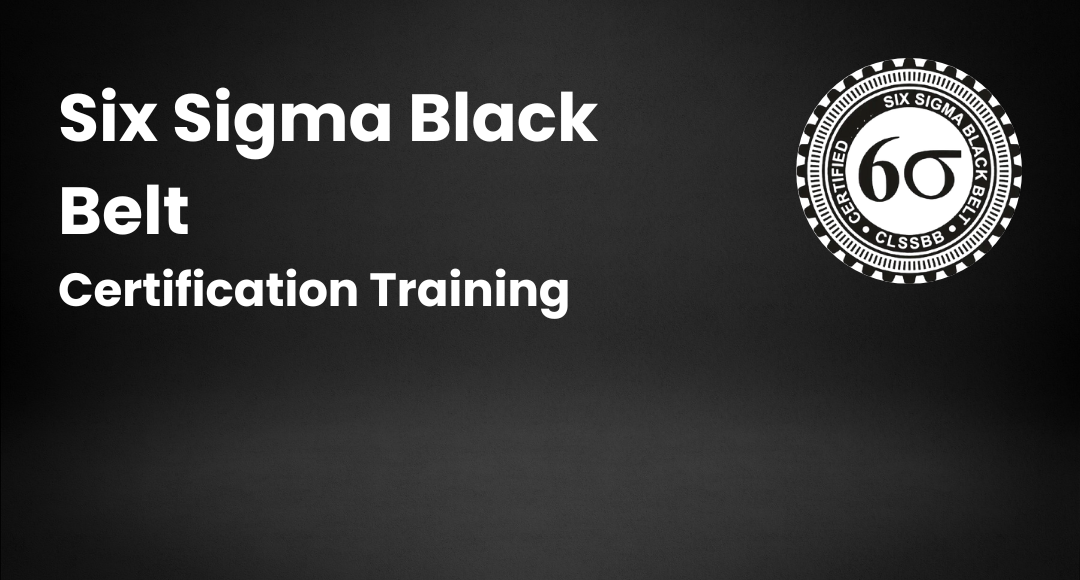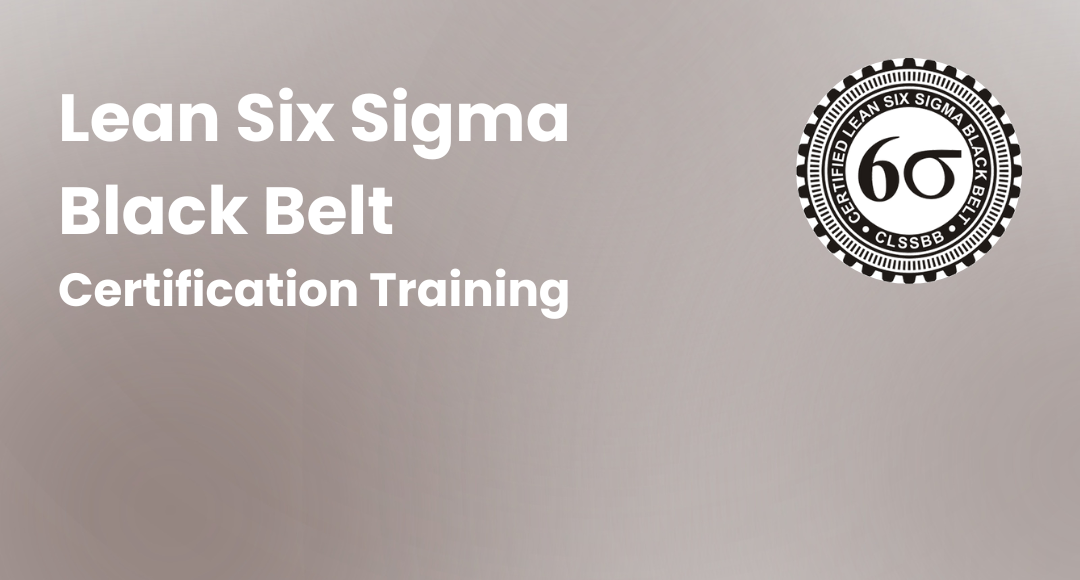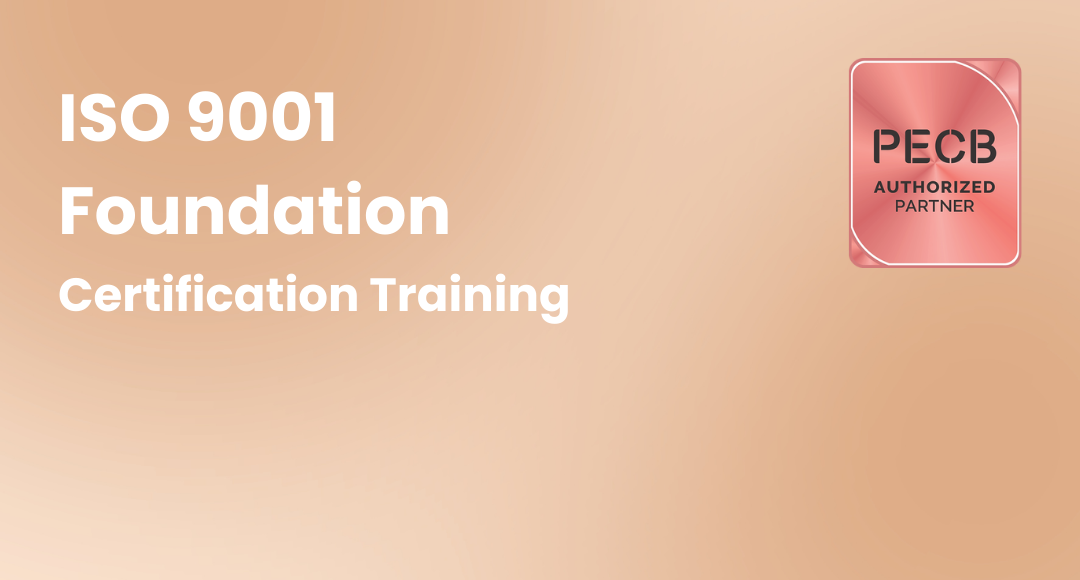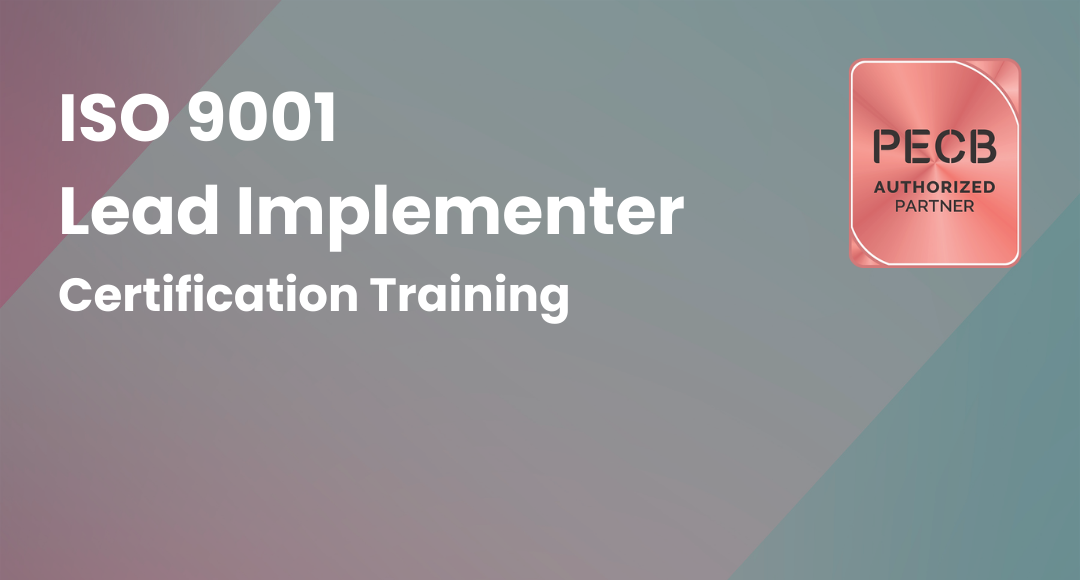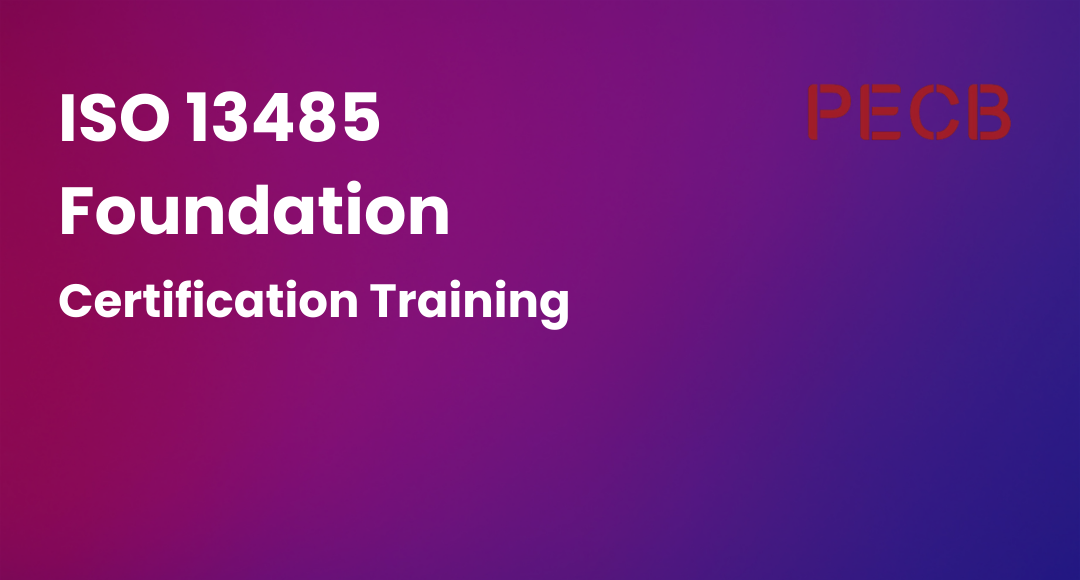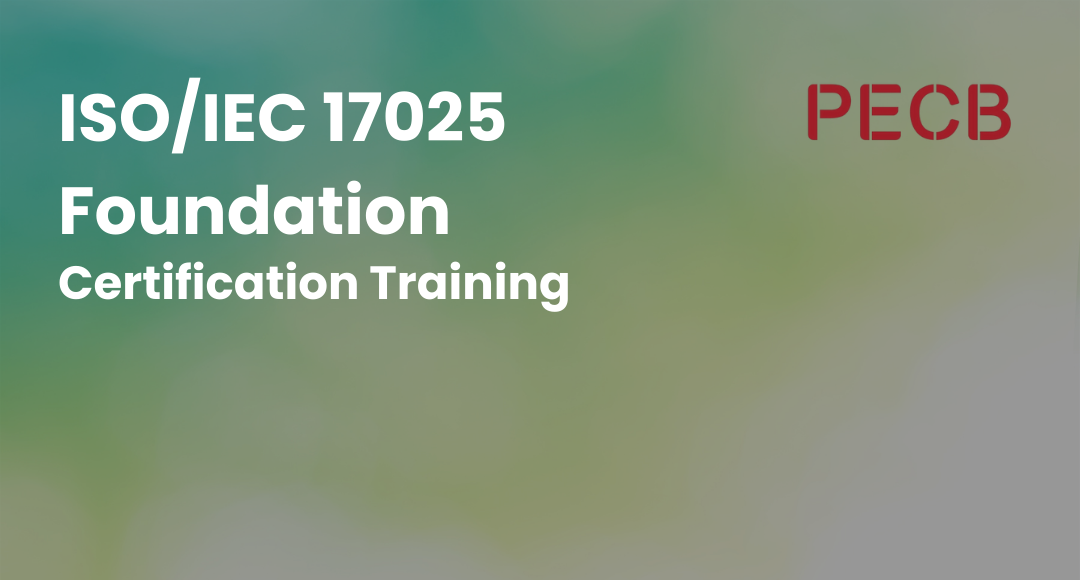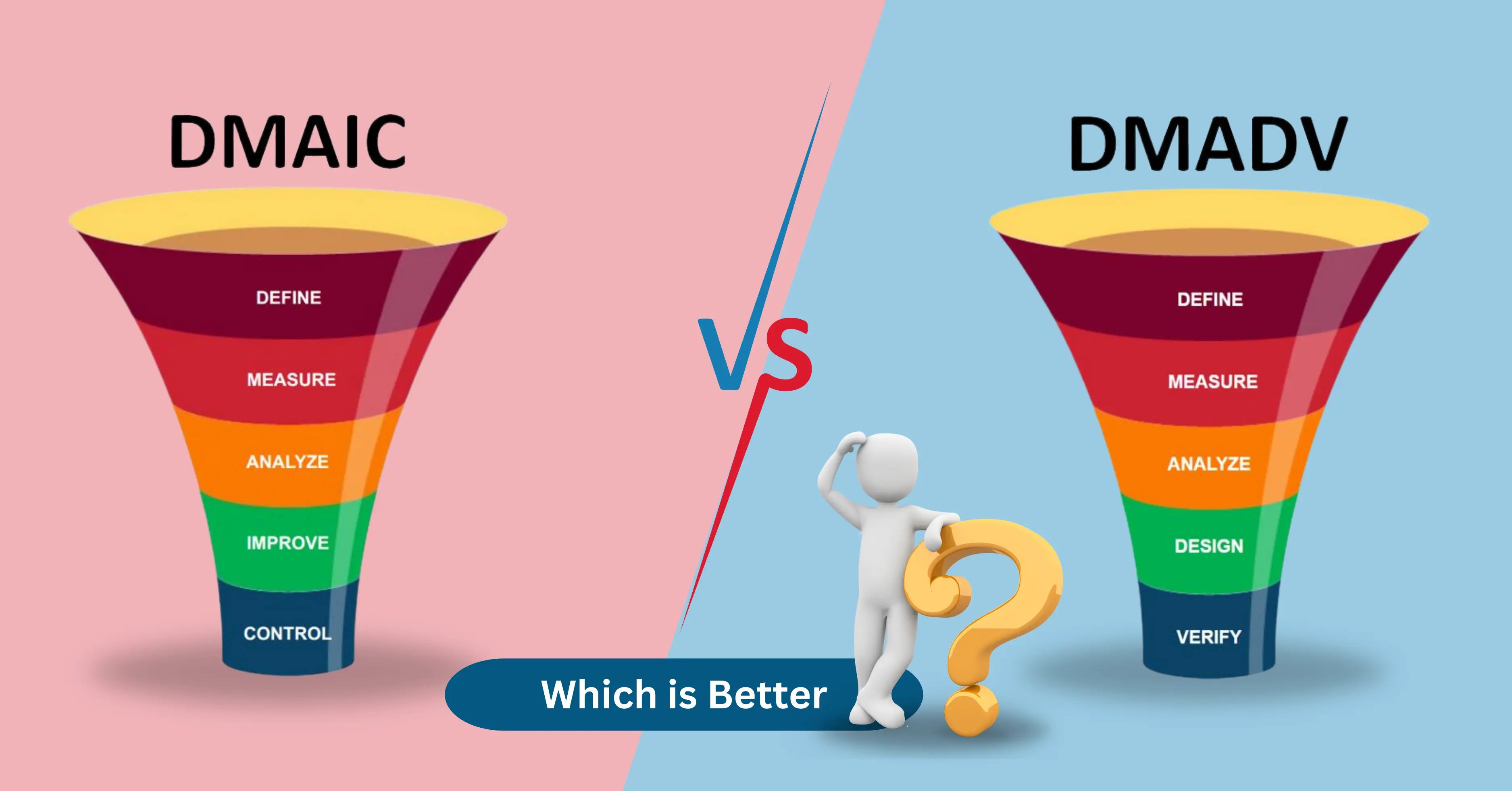Six Sigma Certification – Everything you Need to Know About Getting Certified
-
 By Melissa
By Melissa - Published on Nov 8 2023

Table of Contents
Six Sigma Certification: A Brief Overview
Digitization is taking hold of everything around us, from everyday tasks like ordering food to learning a new course, and there are compelling reasons to get Six Sigma certification amidst this digital revolution. Everything is going down the digital route. The rampant digitization is immensely beneficial.
However, the organizations involved with the entire process of digitization are facing a different problem. Technology alone cannot solve all our problems. Therefore, we need efficient six sigma lean management methods to overcome hurdles.
Those hurdles or setbacks can prove to be very costly for a business organization, so many try to opt for six sigma methodologies. Emerging market trends are making companies increasingly competitive. So, to stay on top of their game, companies need to adopt drastic measures.
Managing quality in a business project is a tough thing. That was until Motorola came up with a brilliant six sigma lean management methodology that changed the way people execute business projects. Yes, we’re talking about Lean and six sigma methodologies.
The time taken for getting a Lean Six Sigma certification lies anywhere between a few days to weeks. The variation depends on the level of Lean and Six Sigma certification you are pursuing. Therefore, to understand the Six Sigma process of certification better, you need to know more about six sigma methodologies.
What is Six Sigma?
Six Sigma certification is a revolutionary methodology that is continuing to help businesses across the world improve their project management cycles. From top MNCs to small startups, everyone has embraced six sigma methodologies for their businesses.
Six Sigma methodologies date back to as far as 1986 when Motorola’s engineers came up with a new business technique. The main aim behind the method was to improve quality and bring down the cost of the project.
Existing project management methodologies of that time didn’t meet quality standards. So, to improve the quality of their devices, Motorola came up with six sigma methodologies.
The reason behind the six sigma methodologies popularity is its magical error rate number. For every one million products, there will be only 3.4 defects.
The above-mentioned figure is the accepted error rate for Lean and six sigma methodologies projects. Moreover, any deviation from it shows that the project is not following the Six Sigma methodologies.
About Six Sigma Certifications
Six Sigma certifications will help individuals who want to learn the basics of business management. That is to say, it will teach you how to control the quality and quantity of projects for better yield.
The main goal of six sigma certifications is to provide better skills to people and to help organizations achieve their objectives.
The Objective of Six Sigma Certifications
Six Sigma certifications will provide you with tools and techniques for improving business processes and eliminating defects. After getting a certification, you will be able to enhance the quality of projects and also make them cost-effective.
Risks and errors are a part of every business project. Although you can’t fully eliminate them, Lean Six sigma certifications will teach you how to restrict them to a bare minimum.
Testing proficiency and specializing in core project areas is also a primary objective of six sigma methodologies.
What do you need for obtaining a six sigma certification?
Six Sigma certifications are specialized courses. Therefore, to obtain the certifications you need to understand basic project management and six sigma methodologies.
Apart from that, there are different prerequisites for different levels of certifications. Most importantly, you need to go through the details of each level to get a better idea.
Steps to Achieving Six Sigma Certification
There are a few key steps to achieving Six Sigma certification:
Choose a training program. There are many different Six Sigma training programs available, so it is important to choose one that is reputable and accredited.
Complete the required training. The required training for each Six Sigma certification level will vary depending on the training program you choose. However, most Six Sigma training programs will cover the following topics:
- Statistical process control (SPC)
- Design of experiments (DOE)
- Lean manufacturing
- Process mapping
- Root cause analysis
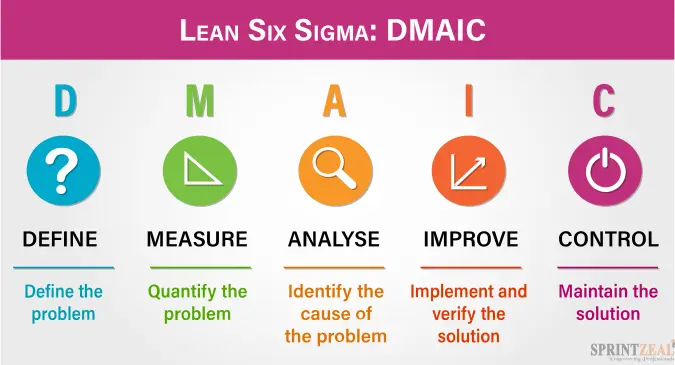
Pass the certification exam. Once you have completed the required training, you will need to pass a certification exam in order to become certified. The certification exam for each Six Sigma certification level will vary depending on the certifying body.
Top Reasons to Get a Six Sigma Certification
There are many reasons to get Six Sigma certification. Here are a few of the top reasons:
- Increase your earning potential. Six Sigma certified professionals are in high demand, and they typically earn more than their non-certified counterparts.
- Improve your job skills. Six Sigma certification can help you to improve your problem-solving, data analysis, and process improvement skills.
- Advance your career. Six Sigma certification can make you more competitive for promotions and leadership roles.
- Make a difference in your organization. Six Sigma can help organizations to improve their efficiency, reduce costs, and increase customer satisfaction.
Six Sigma Certification Levels
There are 5 levels in the Six Sigma certification process. All the levels are divided into belts. Each belt has a specific color that denotes the level of difficulty. The distinction between the belts is done on the basis of skills. As each level imparts a specific skill, you need to progress gradually.
Here are the different Six Sigma certification levels and their various details. These certifications are offered by IASSC, the governing body.
Six Sigma White Belt
The white belt is the first level of certification. It is the basic level that you need to clear before going further. All the concepts of six sigma along with basic terminologies are taught at this level. It also teaches you how to use your skills for solving everyday problems.
As a white belt holder, you can assist project teams and understand the details of project management. It will help you get the required knowledge for managing your future projects and also give you experience.
You have plenty of options after obtaining a white belt. You can either do additional courses or attempt the next level examinations.
Suitable for:
- Individuals wishing to implement six sigma principles in their organization.
- People who want to learn the basic concepts of project management.
- People who want to learn about quality control and quality improvement.
- Candidates wishing to get into Quality Control jobs.
Prerequisites:
There is no prerequisite for the Six Sigma white belt certification. However, you must have a basic understanding of how projects work. It will give you a clear direction to progress.
Learning objectives:
The Six Sigma white belt certification will help you define a project’s requirements. After understanding the requirements, you will be able to calculate the overall cost of the project. Based on existing details of project management, you can predict the outcomes.
Further, you will gain first-hand knowledge about DMAIC processes and be able to minimize defects.
Also, limiting errors and eliminating defects is the main objective of the Six Sigma white belt. Apart from that, you will also learn how to minimize waste and improve customer satisfaction.
Six Sigma Yellow belt
The Six Sigma yellow belt is the next certification after the white belt. At this level, you will learn how to apply the Six Sigma ideologies in business projects. It will make you familiar with the concepts of the Six Sigma yellow belt and help you use them in real life.
You can obtain this level of certification after completing your white level. Although there are no limitations, you need to have a white belt certification to appear for the Six Sigma yellow belt exam.
Suitable for:
- People who want to learn more about Six Sigma certifications and its working process.
- Those who want to go for Quality Management jobs abroad.
- Individuals who wish to help their organizations by improving the quality of business projects.
- Individuals who want to apply the principles of Six Sigma certifications to their projects.
Prerequisites:
There are no prerequisites for the Six Sigma yellow belt exam. However, if you have a keen interest in business projects, you can apply for this certification.
Learning objectives:
Six Sigma Yellow belts are meant for individuals who want to develop business projects and learn their fundamentals. Most importantly, you will be able to assist higher management professionals. It will give you both knowledge and experience.
The Six Sigma yellow belt certification is the first step toward climbing the six sigma lean management hierarchy. It will provide you with the basic resources that you will use later for your projects. It is a 2 hours examination and has a high pass percentage.
Six Sigma Green Belt
The Six Sigma green belt is for individuals who want to focus on DMAIC projects and learn its basics. Above all, DMAIC tools are extremely essential for any business project.
So, if you learn the basics of DMAIC, you will be able to help your organization. Green belt holders are an integral part of business projects.
For instance, they have to ensure that the project is going on the right track. Improving projects by making key changes in the project plan is an important role of Six Sigma green belt certification holders.
Suitable for:
- People who want to improve their quality management skills.
- Individuals interested in data inspection.
- Individuals wishing to learn more about project management.
- People who want to apply the DMAIC tools in a business project.
Prerequisites:
As the Six Sigma green belt is a specialized certificate, you need to have at least three or four years of experience. In addition, you need to complete several full-time projects to gain experience.
Learning objectives:
Six Sigma green belt will help you analyze business scenarios and use your leadership skills to solve problems. However, you need to have a keen interest in quality improvement and management. After obtaining green belt certification you will be able to effectively apply DMAIC tools to business projects.
As a Six Sigma green belt certified professional, you can help your organization in process improvement. Also, it will give you the necessary experience for applying Six Sigma theory in real life. Above all, you will be a key member of the project building team.
Six Sigma Black Belt
Six Sigma black belt is an advanced level and is different from the previous ones. The roles of a Six Sigma black belt professional are very different from the rest. It is a position of leadership and excellence.
As a Six Sigma black belt professional, you will fill key positions in six sigma lean management. You will look over your juniors and assist them in projects. It is a role of great responsibility because your decisions will affect the project significantly.
Suitable for:
- Individuals wishing to climb the managerial hierarchy.
- If you want to get a top management post, the Six Sigma black belt will help you.
- People looking for a career change.
- Individuals interested in quality management processes.
Prerequisites:
To appear for the Six Sigma black belt examination, you need to complete two full projects. You also need signed affidavits for the projects. In addition, you need to have three years of working experience in any management job.
Learning objectives:
Solving problems is one of the main roles of a Six Sigma black belt certified professional. Moreover, you will be the project leader and take key decisions. Also, assigning roles to everyone in the team is your responsibility.
Most importantly, you will be able to use lean Six Sigma concepts in all your projects to improve the quality of products. You will have a lot of variation in roles.
Eliminating errors from the project and improving its success rate is another essential role of a Six Sigma black belt professional.
Six Sigma Master Black Belt
Master Black belt is the ultimate level of Six Sigma certification. It will equip you with all the necessary skills required to manage projects. You will be able to ensure that the project is meeting all the objectives and goals.
Above all, Six Sigma master black belt level professionals are global leaders who will find employment in any part of the world. They are the face of an organization and occupy the highest managerial post within an organization.
Suitable for:
- People who hold a Six Sigma black belt and want to learn further.
- Individuals who want to occupy the highest levels of management in an organization.
- Business professionals who want a career change.
- Individuals interested in leading projects.
Prerequisite:
- You need to be a Six Sigma black belt professional.
- Also, you must possess 5 years of experience in project management.
Learning objectives:
The Six Sigma master black belt will help you understand and implement the DMAIC tools in a project. Along with that, you will be able to lead your organization in various business projects.
In addition, you will become an expert in problem assessment and will be able to identify key issues.
After obtaining the master's black belt certification, you can initiate projects and look after their proper completion. You will also guide those below you and help them understand the project details properly.
Get Six Sigma Training - Online, Live-online, and Classroom and get certified
Six Sigma Yellow Belt Certification
Six Sigma Green Belt Certification
Six Sigma Black Belt Certification
Lean six sigma green belt certification
Lean six sigma black belt certification
Six Sigma certifications are immensely beneficial for every individual wanting a good position in any reputed organization. With the right amount of preparation, you can complete your certification within a short time span.
To get full details about six sigma training, chat with our course expert
We will help you find the certification that fits your career goals and you can also explore other popular certifications.
FAQs
How long does it take to complete Six Sigma Black Belt?
It takes approximately 3-6 months to complete a Six Sigma Black Belt certification program. This includes the time required to complete the required training, complete a Six Sigma project, and pass the certification exam.
Six sigma course duration
The duration of Six Sigma courses varies depending on the level of certification you are pursuing and the training program you choose. However, most Six Sigma courses can be completed in 2-6 weeks.
Six sigma black belt salary
The average salary for a Six Sigma Black Belt in the United States is $115,000 per year. However, salaries can vary depending on experience, location, and industry.
Is it hard to learn Six Sigma?
Six Sigma is a challenging discipline, but it is not impossible to learn. With the right training and support, anyone can become Six Sigma certified.
How long does it take to study for Lean Six Sigma?
The amount of time you need to study for Lean Six Sigma will vary depending on your prior experience and learning style. However, most people should expect to spend at least 2-3 months studying for Lean Six Sigma certification.
How long does Six Sigma certification last?
Six Sigma certification does not expire. However, it is important to stay up-to-date on the latest Six Sigma practices and tools. You can do this by taking continuing education courses or attending Six Sigma conferences and workshops.
Summary
Six Sigma has become a revolutionary approach, helping organizations around the world enhance their project management cycles. From multinational corporations to startups, Six Sigma methodologies have been embraced by diverse industries. The roots of Six Sigma date back to 1986 when engineers at Motorola developed this extraordinary management methodology with the aim of improving project quality while reducing costs.
One of the key factors that have contributed to the popularity of Six Sigma is its incredible error rate of just 3.4 defects for every one million products, a benchmark that is now globally accepted. Any deviation from this standard indicates that a project is not adhering to Six Sigma methodologies.
For individuals aspiring to strengthen their management abilities and transform their career prospects, Six Sigma certifications from Sprintzeal provide the perfect gateway. Our comprehensive training programs offer the knowledge and skills needed to excel in your chosen certification level.
Visit Sprintzeal.com to explore the wide verity of courses and services available. If you are interested in mastering the Six Sigma Credentials, allow us to help you achieve excellence in your organization, please visit our Six Sigma courses page or contact us today.
Never miss an update on valuable resources and special training offers; subscribe to Sprintzeal's newsletter today!
Subscribe to our Newsletters
Popular Programs
Trending Posts
Quality Assurance Plan - Six Steps To Quality Assurance Plan
Last updated on Mar 14 2025
Lean methodology, Six Sigma methodology and Lean Six Sigma Explained
Last updated on Jul 20 2023
Six Sigma Yellow Belt Certification - Six Sigma for Beginners
Last updated on Aug 10 2022
5 Lean Continuous Improvement Principles to Supercharge Your Operations
Last updated on Jan 2 2024
DMAIC vs. DMADV: Key Differences and Choosing the Right Six Sigma Methodology
Last updated on Nov 10 2023
Implementing 5S Methodology for Better Work Efficiency
Last updated on Dec 4 2023
Categories
- Other 66
- Agile Management 58
- Cloud Computing 51
- Project Management 170
- Big Data 58
- Business Management 82
- Digital Marketing 73
- IT Service Management 29
- Programming Language 50
- AI and Machine Learning 68
- IT Security 110
- Quality Management 77
- IT Hardware and Networking 25
- Microsoft Program 4
- Workplace Skill Building 12
- Risk Management 9
- Information Security 8
- Leadership and Management 7
- Corporate Training and Development 1
Trending Now
Top Career benefits of Lean Six Sigma Green Belt
ArticleLean methodology, Six Sigma methodology and Lean Six Sigma Explained
ArticleSix Sigma Black Belt Certification – Value and Career Benefits in 2024
ArticlePareto Chart in Six Sigma - Explained
ArticleSix Sigma Certification Guide - A Professional's Guide
ArticleQuality Control Explained – Six Sigma
ArticleQuality Assurance in Six Sigma Explained
ArticleQuality Assurance vs Quality Control
ArticleTotal Quality Management - A Complete Guide for Beginners
ArticleLean Six Sigma on Resume for Rewarding Career Benefits
ArticleSix Sigma Yellow Belt Certification - Six Sigma for Beginners
ArticleQuality Management Interview Questions 2024
ArticleQuality Manager Interview Questions and Answers for 2025
ebookService Delivery Manager Interview Questions and Answers (With Examples)
ArticleSix Sigma Interview Questions and Answers 2024
ArticleA Supply Chain Management Guide to Mastering Logistics End to End
ArticleSenior Quality Manager Interview Questions and Answers 2024
ArticleTop Quality Analyst Interview Questions and Answers 2025
ArticleFinancial Analyst Interview Questions and Answers 2024
ArticleRisk Manager Interview Questions and Answers 2024
ArticleCompliance Manager Interview Questions and Answers 2025
ArticleOperation Manager Interview Questions and Answers
ArticleHow to Become a Quality Manager - Career, Job Scope and Certifications
ArticleHow to become a Quality Analyst
ArticleSix Sigma Certifications - Reasons Why you Should Get Them
ArticleTop Qualities of a Good Manager and a Leader
ArticleLearn about Statistical Process Control (SPC) and its top applications
ArticleCost of Poor Quality - A Detailed Guide
ArticleImplementing 5S Methodology for Better Work Efficiency
ArticleWhat Is Lean Management?
ArticleBest Six Sigma Books in 2024
ArticleLeadership vs Management - The Ultimate Guide
ArticleQuality Assurance Plan - Six Steps To Quality Assurance Plan
ArticleOperational Planning Creation, Key Elements and its Benefits
ArticleA Complete Guide to Product Life Cycle Stages 2025
ArticleSix Sigma tools for DMAIC Phases
ArticleWhat Is Lean Manufacturing?- An Overview
ArticleThe Lean Continuous Improvement Model: A Comprehensive Guide
ArticleDMAIC vs. DMADV: Key Differences and Choosing the Right Six Sigma Methodology
ArticleA Deep Dive into the Power of Lean Continuous Improvement Process
ArticleIntroduction to Lean Manufacturing- Definitions, Framework, and More
ArticleLean Continuous Improvement Methods for Business Excellence
ArticleUnderstanding the Key Principles of Lean Manufacturing
ArticleSecret to Unlock Organizational Excellence: Stages of Continuous Improvement
ArticleLean Continuous Improvement: A Detailed Guide to Mastering Organizational Quality
ArticleLean Waste Management: The Ultimate Guide 2026
ArticleA Deep Dive into Lean Continuous Improvement Tools
Article8 Wastes of Lean - Strategies for Identification and Elimination
Article5 Lean Continuous Improvement Principles to Supercharge Your Operations
ArticleThe Ultimate Guide to Lean Manufacturing
ArticleUnderstanding Lean Manufacturing's Pros and Cons
ArticleLean Waste Reduction Strategies: Boost Efficiency and Cut Costs
ArticleTop 10 Lean Manufacturing Tools for Optimal Productivity
ArticleBeyond the Basics: Benefits of Lean Continuous Improvement
ArticleWhat are Quality Standards? | A Guide to ISO Standards
Article7 Important Types of Quality Management System
ArticleISO 9001 Standard: Benefits and Certification
ArticleA Comprehensive Guide to Quality Management Systems
ArticleBenefits of QMS Certification for Your Business
ArticleStep-by-Step Implementation Guide to ISO 9001
ArticleThe Ultimate Guide to ISO 9001: Boosting Quality and Certification Success
ArticleEssential Components of a Quality Management System
ArticleQuality Management System – QSM Approaches and Methodologies
ArticleHow to Effectively Implement a Robust Quality Management System?
ArticleExplaining QMS Documentation Structure: Benefits and Best Practices
ArticleWho Needs ISO 9001 Certification and Why?
ArticleKey Elements of ISO 9001:2015 Quality Management System
ArticleOvercoming Common Challenges in ISO 9001 Certification: Tips and Best Practices
ArticleBest Quality Management Tools
ArticleTotal Quality Management (TQM) vs. Six Sigma
ArticleQuality Manager Salary: What Freshers & Experts Earn in 2025
ArticleCertified Scrum Product Owner: Job Roles And Responsibilities
ArticleTips for Continuous Integration Testing: Streamlining QA
Article10 Quality Management Strategies Adopted by Top Managers
ArticleDMAIC for Warehouse Safety: From Hazards to Control
ArticleLive Data, Faster Fixes: How Smart Monitoring Is Rewriting Quality Control
Article


